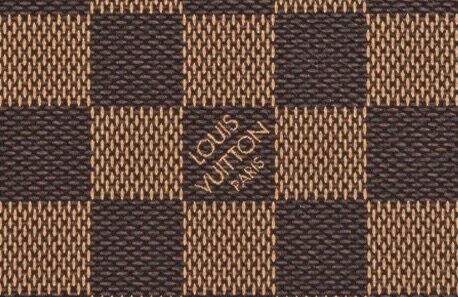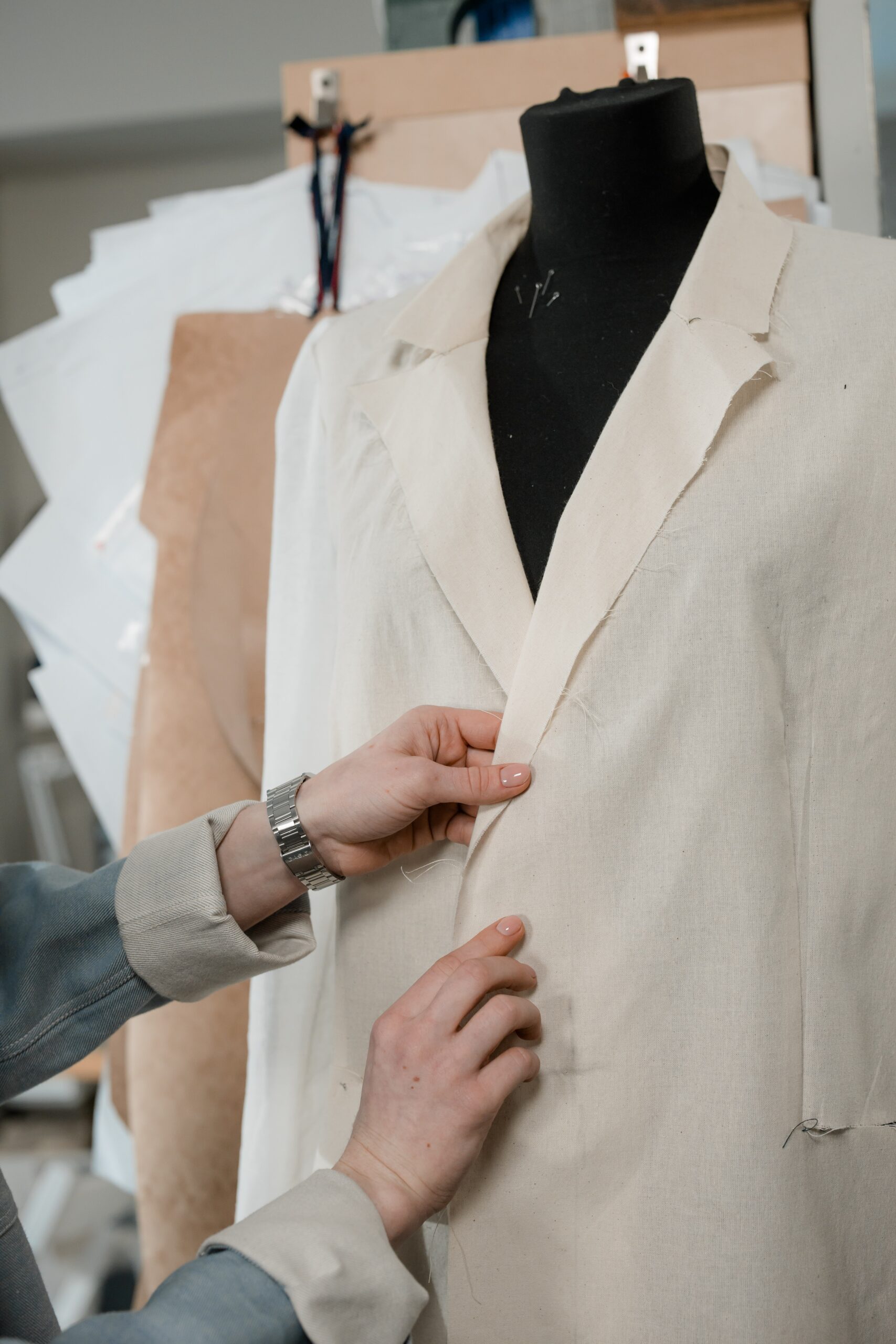The world of Fashion is an evolving space and has unquestionably responded to recent technological changes in the digital sphere. While the gaming industry has garnered much of the limelight in the arena of digital content through in-game skins and character upgrades, the fashion industry has been quick to follow suit. Moreover, due to the pandemic-driven in-store shutdowns, 2020 & 2021 have welcomed their fair share of online shoppers. Besides, the concept of digitizing fashion might have been in the brewing for years in response to discussions on sustainability and green fashion. Statistically speaking, digital fashion initiatives have recorded favorable responses from Big Box retailers like Amazon and mighty fashion brands including Nike have entered the scene with their NFT powered CryptoKicks. The U.S patent for Nike’s Cryptokicks reads that “on purchasing a physical shoe, the digital representation is generated and the same is linked to the consumer with the cryptographic token”[1]. However, Nike’s Cryptokicks only scrapes the surface of the digital fashion boom by attaching a cryptographically secured digital asset (Non-fungible token) to the physical shoe. What if I tell you that you can purchase an entirely digital clothing item and only wear it digitally on your social media pictures?
Digital clothing can be defined as intangible items created by 3D designers with the integration of AI software. The composition for digital clothing is fundamentally different from traditional clothing in multiple ways. Digital clothing is made through pixels rather than textiles and is an eco-friendly alternative to fast fashion[2]. In terms of selling the digital item, digital fashion companies have varying business models. That is, the digital fashion item can be blended onto the purchaser’s picture either by the company’s team of 3D designers or by customers themselves throught the use of 3D software. For instance, DressX, one of the pioneers in the digital fashion space adopts the former approach wherein the customer on purchase of the item uploads the picture on their website and then receives the digitally altered image in the mailbox within a span of a few days[3]. Alternatively, the American brand Fabricant’s digital couture collection have to be digitally fitted onto the picture by the customers themselves using 3D Software (Examples; CLO3D, Marvelous Designer, Blender & Cinema 4D). Thus, the digital file of the item can either be sent to the customer or retained by the company.
Considering that digital fashion is expressed in a fixed tangible medium like in-game skins, they are eligible for copyright protection. On that note, the creation and generation of digital fashion brings in a new range of ownership issues particularly in the realm of Copyright Law.
It is pertinent to understand that while some brands create their deisgns exclusively in digital format,other brands use the conventional process of designing the physical garment first which is later used as inspiration to recreate or animate the digital piece. Further, brands may employ third-party 3D designers independently or through an agency to generate the digital work. The 3D designer also makes use of accessible AI software to inject digital existence into a clothing item. Unless contractually specified, the copyright of the digital item may not ideally vest with the original designer. In that case, the original designer only has a copyright over the physical garment, whereas the 3D designer or agency owns the digital design rights. The 3D design agency can also extend an exclusive licensing agreement to enable the original designer to utilize the digital garment for some time. [4]
However, applying copyright becomes difficult when several agencies may be put to task in generating a digital portfolio; for instance, one agency works in designing the garment, the second agency would digitally emulate the same, and a third could be engaged in altering the digital article onto the customer’s picture. In this work model, the original designer might lose out on exercising his right to reproduction because of the multiple entities now involved in the digital recreation process.[5] As a result, it becomes necessary to structure licensing agreements with each party involved and ensure that the right of each party is adequately categorized. Sometimes, fashion works are also AI-assisted and leave a blank space for interpreting copyright ownership; whether copyright would belong to the software developer or the assisted person is subject to heavy discourse and depends on the software copyright policy.
Due to the complexities mentioned above, it is easier to exploit the confines of copyright law for digital fashion. In an industry where fashion piracy and counterfeiting otherwise thrive under normal circumstances, it is impossible not to imagine imitation pieces by other 3D designers. With the help of AI software, digital design theft is not uncommon. AI software can be used to collect data and mirror designs. Even when agencies own proprietary AI software for 3D design generation, other freely available AI software can be deployed for imitation pieces. Further, considering that some brands offer digital files to customers, the file can be shared and reproduced on other platforms, diluting the copyright holder’s exclusive right to reproduce.
While the stated copyright issues may be a stifling concern for some emerging digital brands, that is not the case for The Fabricant’s digital collection. In fact, the Fabricant gives away monthly files of digital garments for free. The Fabricant believes in the revolution of digital fashion and remarks that sharing and exporting files coupled with software solutions only fuels the industry’s growth. The brand has recognized that piracy is inevitable and has embraced its services’ specialization. On the other hand, Browzwear, a brand that offers digital AI solutions in recreating a physical garment based on the digital twin, observes the same. On a perusal of the deeper issues in the industry, a question arises. Whether copyright law is the only way to protect digital assets and regulate ownership?
Are Non-Fungible Tokens the Way Forward in Digital Fashion?
There is a common misconception that NFTs can replace copyright for digital works. While its blockchain technology can aid in keeping track of transactions and ownership, Copyright ownership and NFTs are not the same. NFTs are unique tokens attached to the asset and are independent of the asset itself. Undoubtedly, NFTs maintain the sanctity of digital content and are perceived as a secure and verifiable way to sell online. It is important to note that NFTs are singular, and duplicating the original is not possible. The ownership of a non-fungible token is tradeable and transferable but cannot be equated to copyright. The copyright ownership for the asset itself vests with the digital creator, while the NFT only represents the asset. The digital fashion industry has found a two-fold use for NFTS; one where NFTs are digital twins for physical garments and the other where it can add identity and ownership to a digital garment.[6] Many luxury brands such as Gucci have plans to enter the Blockchain technology market to keep up with current trends. Smaller brands have already caught on to the bandwagon. For example, RTFKT Inc. sold about 600 pairs of digital sneakers for $3.1 million in seven minutes in February through NFTs. Additionally, Nueno has appeared as a fashion-exclusive NFT marketplace and allows customers to make payments in cryptocurrencies. [7]
The digital fashion industry has undeniably accepted NFTs as a way forward, but the application of copyright law is essential to prevent fashion piracy and excessive counterfeiting. The NFT space is unregulated by statute or law. Because of this, the “minting” of digital signatures visible on the tokens can easily be emulated without the creator’s permission. Therefore, even in a digital marketplace, copyright protection is relatively superior in preventing design theft as of now. In conclusion, however, the author believes that clearly defined legal parameters and regulations for NFTS in the future might render copyright protection less valuable for digital fashion.
References:
[1] Mathew Beedham ‘,Nike now holds patent for blockchain-based sneakers called CryptoKicks’ (TNW NEWS, Dec 10 2019) https://thenextweb.com/news/nike-blockchain-sneakers-cryptokick-patent. Accessed 26th September, 2021.
[2] Anonymous, ‘Digital Clothing: All You Need to Know About the Future of Fashion Brands’, (Loomly Blog) https://blog.loomly.com/digital-clothing/. Accessed 26th September, 2021.
[3] Access About Us :https://dressx.com/
[4]Brooke Roberts-Islam, ‘ Digital Fashion: Who Really Owns The IP Rights?’,(Forbes, Nov 3, 2020),
https://www.forbes.com/sites/brookerobertsislam/2020/11/03/digital-fashion-who-really-owns-the-ip-rights/.Accessed 26th September, 2021.
[5] Carolyn Wimbly Martin and Margaret Horstman, AI and Copyright in the Fashion Industry,(Lutzker & Lutzker LLP, June 30, 2021)https://www.lutzker.com/ai-and-copyright-in-the-fashion-industry/Accessed 26th September, 2021.
[6]Harrison Jordan, No, NFTs aren’t copyrights, (Tech Crunch, June 16,
2021)https://techcrunch.com/2021/06/16/no-nfts-arent-copyrights.Accessed 26th September, 2021.
[7] Thuy Ong, Clothes That Don’t Exist Are Worth Big Money in the Metaverse, (Bloomberg Wealth, June 17, 2021)https://www.bloomberg.com/news/features/2021-06-16/non-fungible-tokens-and-the-metaverse-are-digital-fashion-s-next-frontiers. Accessed 26th September, 2021.

















